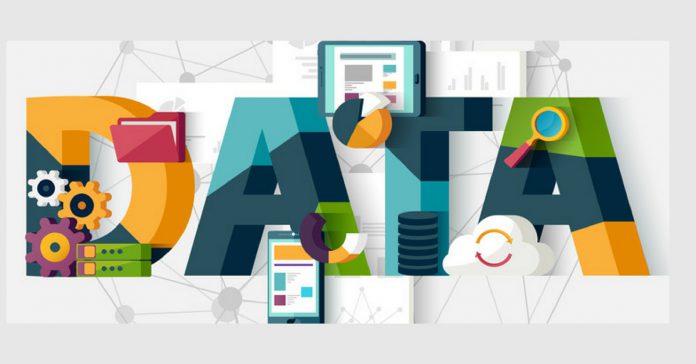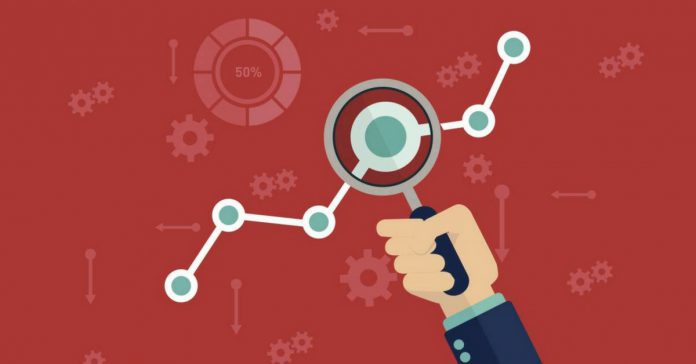
HRMS, also known as Human Resource Management System, is responsible for carrying out all tasks in an automated method, from recruitment, joining and on boarding to payroll, leave and exit management. Choosing the right HRMS software is very tedious and involves extensive research. Following the purchase of the right software, it has to be carefully implemented in the organization.
When it comes to organizations and businesses and incorporating the change in them, there can never be anything called too much planning. Implementing automation through HRMS should be done slowly and carefully. There are several stages involved in this process. They are explained below.
1. Planning the Implementation of the HRMS
Planning cannot be done without the involvement of key stakeholders, especially if you lack knowledge in project management. The heads of the organizations usually look for an excellent return on investment and look for HR functionality that is strategically done. Some functions include report generation and predictive analytics. With the help of the HR team, it is possible to understand how the system should be implemented to be most effective. Another stakeholder group which will benefit from the HRMS includes the users. The managers and the employees are included here and their concerns and interests vary based on the role they play, the responsibility they have and the specialism that they possess.

By including these groups in the planning, asking them for their input, listening to their worries and by solving their queries, the commitment that they show towards the HRMS is good, which will contribute towards the success of the project. The interests of the various stakeholders should be considered when the team is put together.
2. Managing Change
While several people deny it, nobody lies change. Research shows that change is usually met first with denial and resistance, followed by exploration and acceptance. To help the stakeholders accept the change, some of the steps commonly taken are
- Identify the causes of denial and resistance.
- Identify triggers and causes for the panic that should be addressed.
- Formulate a strategy for communication and involvement.
This includes encouraging users to explore the system to enter into the acceptance stage. It is commonly recommended that when working on implementing a project in an organization, hiring a consultant to help in implementing the system is fairly common.
3. Data Migration and Testing
An organization is typically made up of several systems, such as the attendance system, employee database, and other such systems. The data from these systems should be imported to the HRMS. By the importing feature, data migrates easily. This is the technical portion which will help to make sure data is accurate so that it can be imported. By asking employees and other stakeholders to verify data, stakeholder engagement is fulfilled as they get involved in the process.

It also gives a chance to test and implement the employee self-service functionality where users can check and update their own records. The system is also tested by the stakeholders in terms of functionality and processes. Testing involves configuration, integration and system testing. In configuration testing, the system setup is tested. In integration testing, the data converted is tested along with the system setup. In system testing, the system setup is tested along with the conversions, interfaces and report generation can be tested.
4. User Training
Learning specialists can be brought in to train the users regarding the system. Sometimes, the vendor of the software also provides training for the employees. Before choosing the trainers, make sure proper analysis is done. The analysis should also be done in the category that each employee will need training with, based on their current level of skill and knowledge. Based on the enlistment of specialist skills, proper training will be delivered by the learning specialists.
5. on-Road Training
The best way to actually learn how to use the system is to go-live. It is also the result of a well-implemented project. There should be support available constantly once the project is implemented. The first impression that the HRMS gives the users should be one of utility and delivery of promise. Process guides, notifications, and reminders that are automatic are only a few of the support system that should be available in the organization. There should also be support in the form of personnel, either learning specialists or from the product vendor.
6. Challenges post go-live
The implementation process does not end once the system is live. It extends beyond that. To truly understand the true picture of how the software is functioning and how effective it truly is, the technical staff at your organization should be able to help you. Practical concerns and bugs spotted should also be reported, so that the software update rectifies the situation. Gaps in training can also be identified in this phase.
7. Measuring the Success of the Project
This is a crucial phase which also indicates the closure of the implementation of a project. It is usually done once the HRMS is set up and the initial bugs and bumps have been sorted out. By conducting a review, and quantifiably measuring the efficiency and the benefits that the system has provided, the system can be analysed.

Factors to Keep In Mind
While you implement the system, there are a few key factors that you should keep in mind. The project kick-off meeting should specifically cover the scope of the project, the plan, the documents and the sponsor approval. Meetings should be held frequently by the implementation team, where communication is essential. There should also be an issue log and resources allocated to resolve issues. The production environment along with the processing schedules and backup are also tested. Once cut over is done, the system goes live.
The fallout period typically given for software is four to six weeks. There could be immediate bug fixes, modifications made in the interfaces or changes in the third-party vendor. These are normal processes which occur once the software is live and the system starts being beneficial for the organisation.
Get the Best of Metrosaga delivered to your inbox. Subscribe to Metrosaga and never miss an update from us.






















